The Impacts and Effects of Climate Change

“97% of scientists agree that humans are causing recent climate change.”
Population Growth

7.6 billion humans inhabit Earth. This number is estimated to rise to up to 10.9 billion in 2050. Like a one-man wrecking ball, we dominate our natural world.
Population growth contributes to climate change primarily through higher demand for resources and energy. As the global population expands, there is greater consumption of fossil fuels, deforestation, and industrial activities.
All of which release greenhouse gases into the atmosphere, leading to global warming and climate change. Additionally, a larger population generates more waste and pollution. This intensifies the environmental challenges associated with climate change.
Food Production
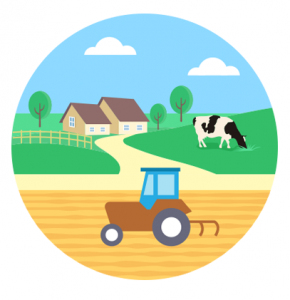
As the population rises, food production is set to match this increase. 40% of land feeds the planet. This land is set aside for growing crops, raising livestock, and cultivating resources like forests and fisheries that support food systems.
But with the risk of food production on the rise, the key question becomes – Can global crop production meet future demands?
While there is potential to increase global crop production to meet the demands of a growing population, doing so sustainably requires addressing various environmental, resource, and distribution challenges.
Deforestation

Converting forests to urban land removes vital carbon sinks. We’ve lost 80% of the world’s natural forests. Climate change has significant impacts on deforestation as it can exacerbate forest degradation and loss.
Rising temperatures and altered precipitation patterns can lead to more frequent and severe wildfires. (Like we’ve seen in the last several years)
Increased stress on forests makes them more vulnerable to degradation. This, in turn, releases additional carbon dioxide into the atmosphere, further contributing to global warming.
Sea Level Rise
As temperatures surge, sea levels rise with it. Melting glaciers add to Earth’s total water volume. Eventually, it can swallow unprepared coastal cities.
As glaciers thaw and release their stored water into the ocean, it contributes to a steady increase in sea levels. This process has a compounding effect, as the warmer atmosphere accelerates glacier melt rates.
Without adequate adaptation measures, these areas are at risk of inundation. This underscores the urgency of mitigating climate change and implementing strategies to protect vulnerable coastal regions.

The Greenhouse Effect
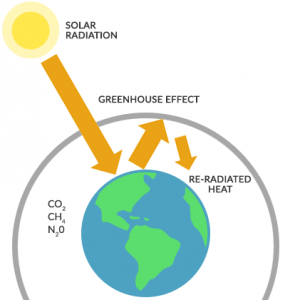
Human activity is driving global temperature up. By adding gases to our atmosphere, it keeps more heat in. The primary culprits contributing to the surge in greenhouse gas emissions include vehicles, factories, and agriculture.
The key risk at play is the accumulation of greenhouse gases in the Earth’s atmosphere. This traps heat and leads to a phenomenon known as the greenhouse effect.
Imagine it like a thickening blanket in our atmosphere. Just as a blanket traps and retains your body heat, greenhouse gases in the atmosphere trap and hold heat from the sun. This warms the planet and maintains a habitable climate. But too much can be catastrophic.
Extinction

While it’s true that Earth has witnessed the rise and fall of countless species over its long history. With approximately 99% of all species that ever existed are now extinct, the current concern is that climate change is accelerating the pace of extinction.
The alteration of temperature and environmental conditions due to climate change can disrupt ecosystems, making it challenging for many species to adapt and survive.
Additionally, phenomena like sea-level rise, extreme weather events, and habitat loss driven by changing climate patterns can directly threaten the existence of numerous plant and animal species. This can push them towards extinction at a much faster rate than would occur under natural circumstances.

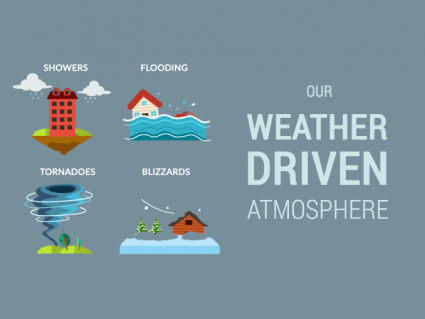
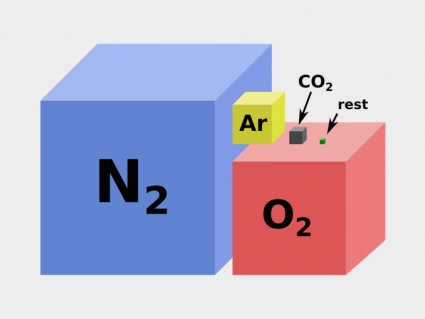

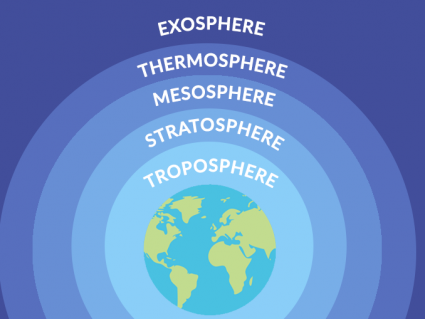
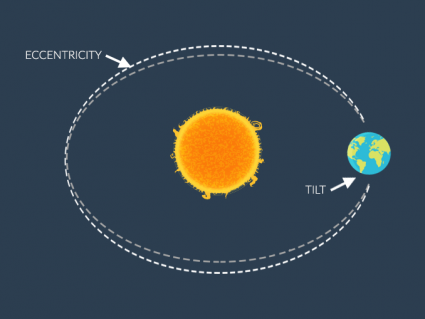





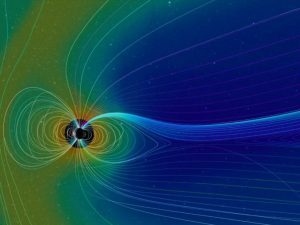
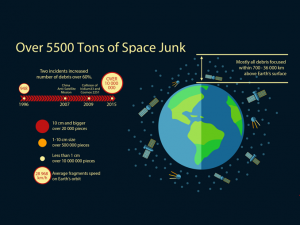

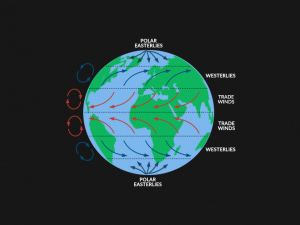
97% of scientists believe that human activity is causing global warming!!! What caused global warming after the previous FOUR global ice periods? Keep selling the cool-ade. Some idiots are stupid enough to drink it!